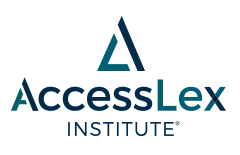
AccessLex Institute Research
Document Type
Issue/Research Brief/Blog
Publication Date
2-2022
Keywords
student financial aid, law school diversity, merit-based financial aid, need-based financial aid, race and ethnicity
Abstract
Historically, Black and Hispanic or Latino/a/x (Latine) applicants have been admitted to law school at disproportionately lower rates than White and Asian applicants. While there is no shortage of law school applicants from all racial/ethnic backgrounds, Black and Hispanic or Latine applicants are less likely to gain admission to any law school and, when admitted, are less likely to obtain financial aid in the form of grants and scholarships (gift aid). As a result, these students tend to finance more of their legal education with student loans and graduate with higher debt balances compared to White and Asian law school students.
It is no secret that underrepresented students have carried a larger share of the load when it comes to out-of-pocket law school expenses. Law school admission and merit-based gift aid which defrays the high (and rising) cost of attendance rely heavily on academic indicators such as the LSAT and UGPA — indicators that tend to correlate with socioeconomic status (SES). Overreliance on academic indicators for awarding institutional gift aid results in applicants from low SES and historically underrepresented racial backgrounds being less likely to receive merit-based gift aid awards. Compounding the issue is the predominance and prioritization of academic indicators of merit over financial need in the distribution of institutional gift aid to incoming law students.
There is a strong need to consider accessibility to institutional gift aid generally, and particularly for students from underrepresented racial and socioeconomic backgrounds. Addressing the lack of diversity within the legal profession requires a deep dive into each component of the pipeline to practice with the goal of improving how the entire institution equitably serves talented and motivated aspiring lawyers from all backgrounds. Specifically, law schools might consider how their communications about institutional aid may impact a student’s likelihood of receiving gift aid and, more broadly, their ability to make informed financial decisions about attending law school.
The importance of access to information regarding the cost of legal education and law school financing options cannot be understated. Recent research has demonstrated the need for better information and education in these domains: a 2020 American Bar Association (ABA) survey found that roughly 30% of young lawyers would have chosen a different law school given what they now know about the legal profession and the impact of student loan debt. When asked what they would change about their law school choice, a majority indicated they would have chosen a school that offered a more generous scholarship or lower tuition.
Given the potential to narrow information gaps for prospective law students, this brief aims to examine the availability and substance of institutional gift aid information provided on law school websites to better understand the landscape of merit- and need-based gift aid opportunities in legal education. In the current digital age, law school websites are essential platforms for informing aspiring law students of gift aid options, eligibility requirements, and application procedures. Accordingly, this study undertook a content analysis of websites associated with 194 ABA-accredited law schools in the United States for the purpose of exploring two questions:
- To what extent do law schools provide public and accessible information regarding gift aid for prospective students?
- To what extent does the availability and specificity of information about gift aid vary between need- and merit-based gift aid opportunities?




